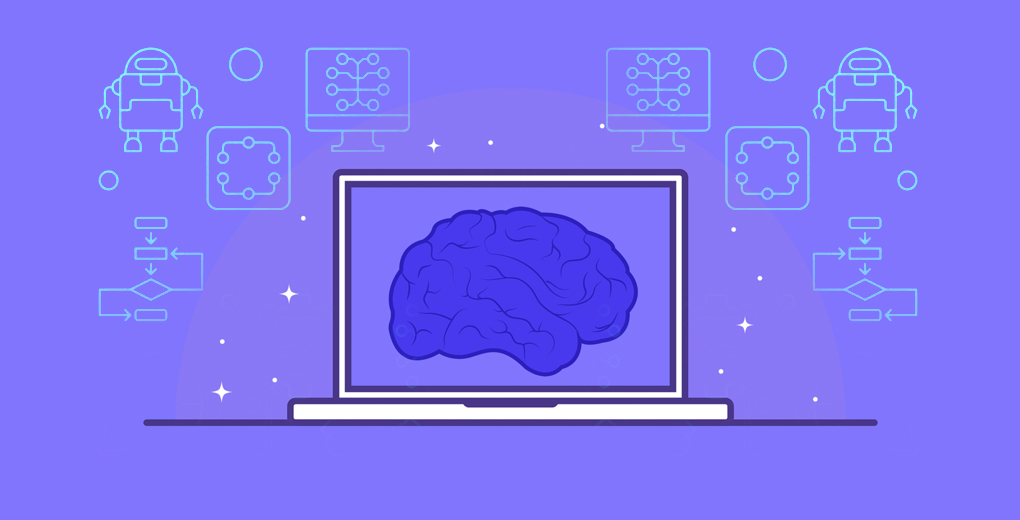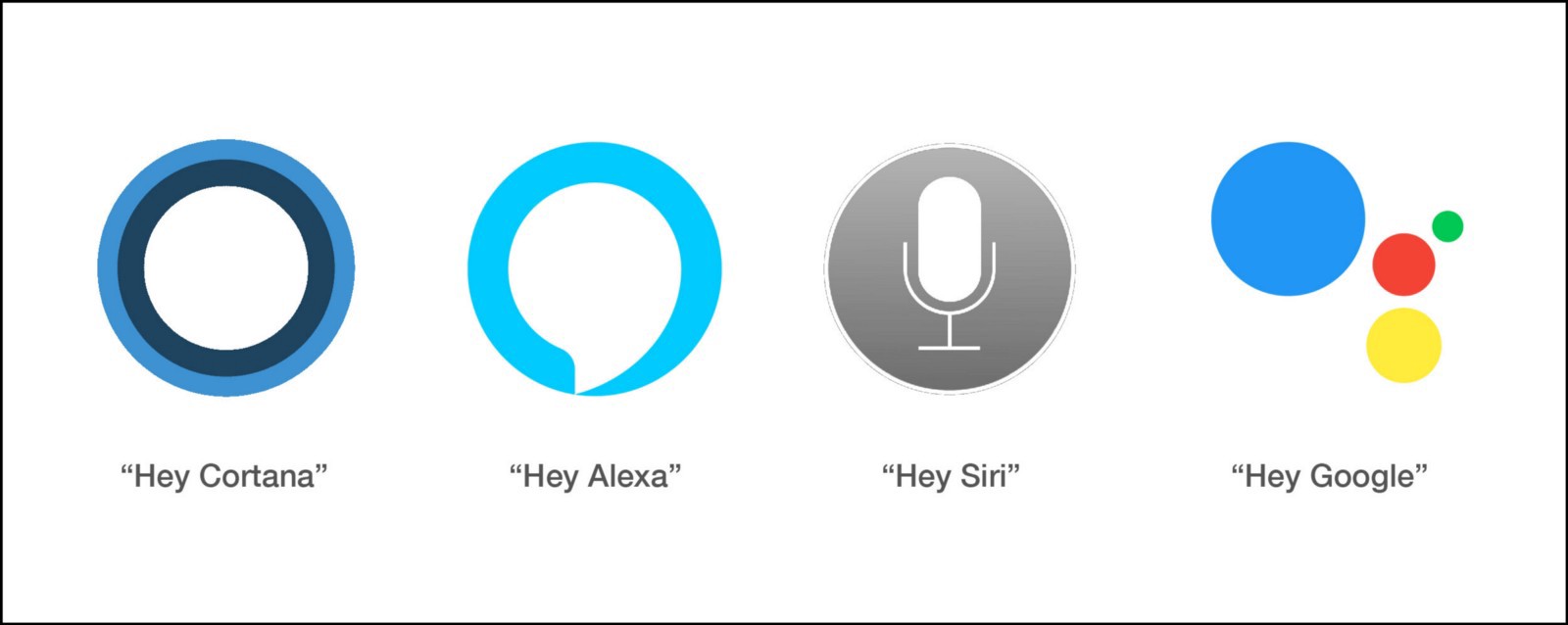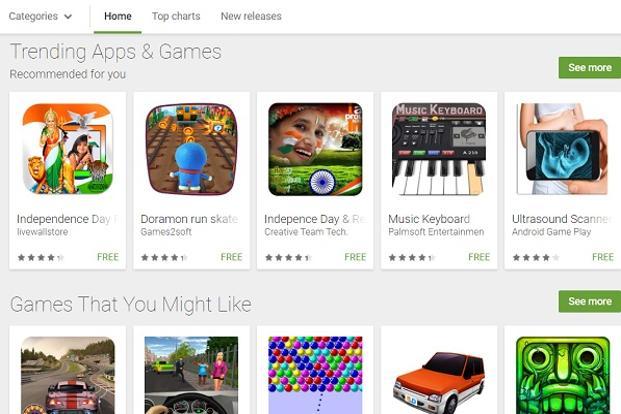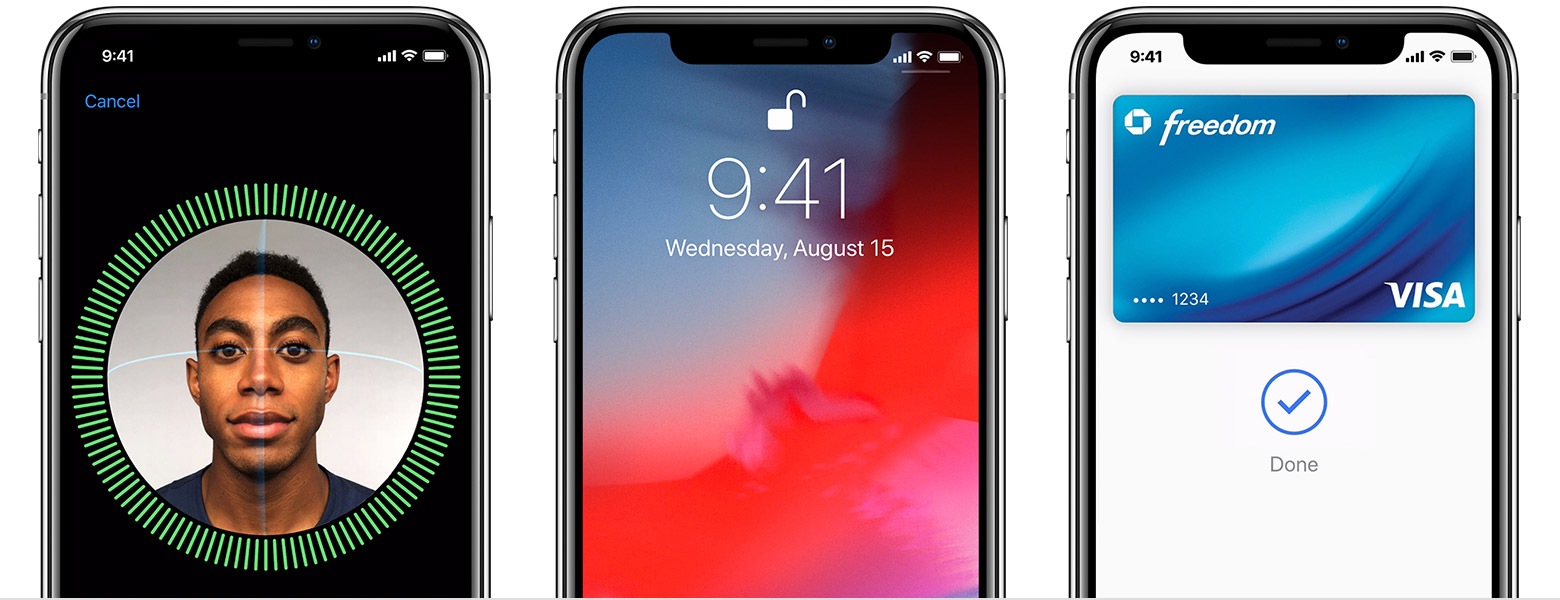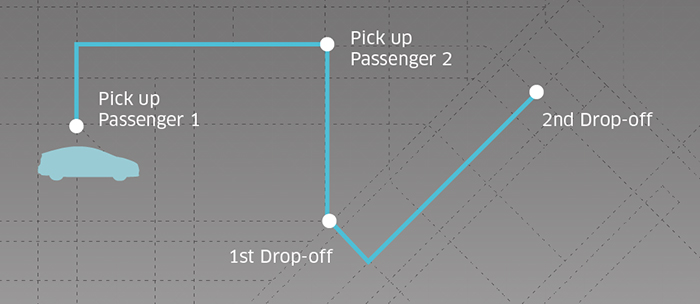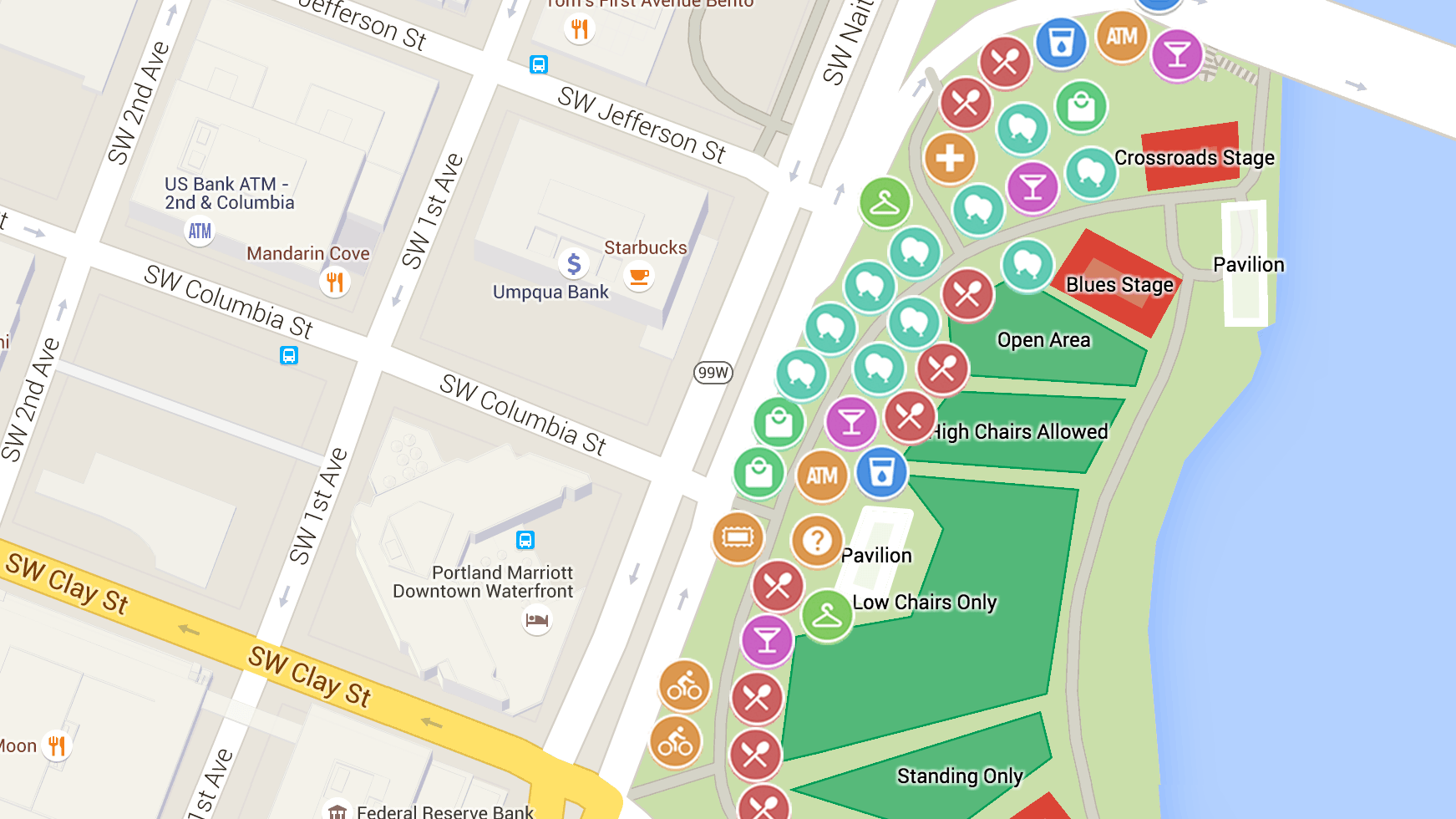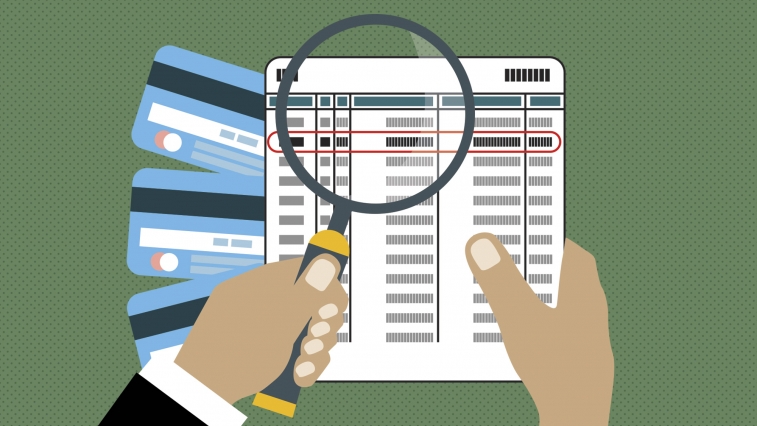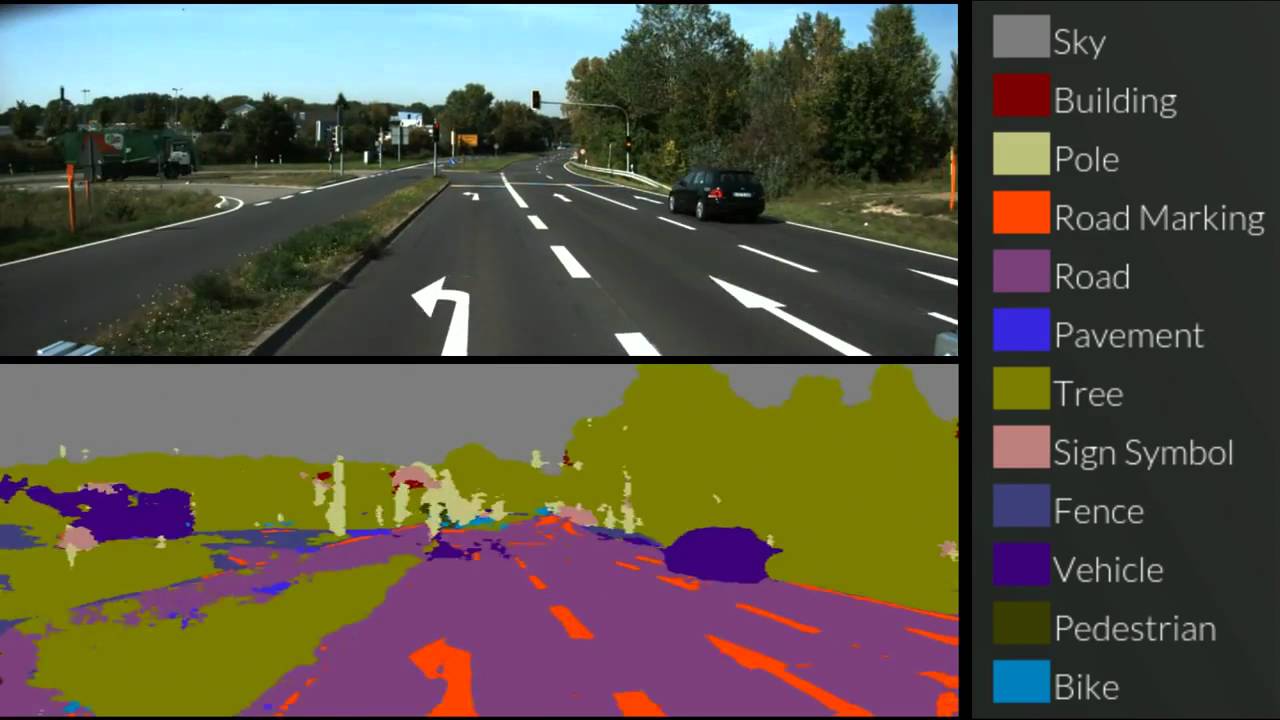Overview
- We are the in middle of a revolution being led by machine learning applications
- Here’s a comprehensive list of popular and common machine learning use cases we see every day
- These use cases range from the application of machine learning in our smartphones to the transactions we do daily
Introduction
Picture this – you have an interview tomorrow for a machine learning role you have been aspiring to for a long time. Everything needs to go as per schedule otherwise plans might get messed up.
So, you tell your virtual assistant to:
- Set an alarm for 7 am tomorrow
- Book an Uber for 8.30 am direct to the interview location
- Estimate the ride fare
- Ask Google Maps to tell you the estimated time it might take to reach
- And finally, bring up a list of resources you need to brush up on before the interview
The beauty about all of this? You didn’t need to move or spend time typing all of this. All you did was speak to your virtual assistant and the machine learning algorithms powering that system went to work!
This isn’t some futuristic scenario where machines have a human-level psyche – this is now! We are living in the midst of a truly global revolution thanks to advancements in computational power and thus machine learning applications.
So, let’s look at the most common use cases of machine learning we deal with in our day-to-day lives (sometimes without even realizing it’s machine learning at play).
Popular Machine Learning Use Cases We’ll Cover
- Applications in Smartphones
- Transportation Optimization
- Popular Web Services
- Sales and Marketing
- Security
- Financial Domain
- Other Popular Use Cases
1. Machine Learning Use Cases in Smartphones
Did you know that machine learning powers most of the features on your smartphone?
That’s right! From the voice assistant that sets your alarm and find you the best restaurants to the simple use case of unlocking your phone via facial recognition – machine learning is truly embedded in our favorite devices.
Voice Assistants
That example we saw in the introduction about talking to our virtual assistant? That was all about the concept of speech recognition – a budding topic in machine learning right now.
Voice assistants are ubiquitous right now. You must have used (or at least heard about) the below popular voice assistants:
- Apple’s Siri
- Google Assistant
- Amazon’s Alexa
- Google Duplex
- Microsoft’s Cortana
- Samsung’s Bixby
And so on. The common thread between all of these voice assistants? They are powered by machine learning algorithms! These voice assistants recognize speech (the words we say) using Natural Language Processing (NLP), convert them into numbers using machine learning, and formulate a response accordingly.
The field is ripe for these assistants becoming smarter in the future as machine learning techniques become more advanced. And you can learn to build your own speech recognition system with our awesome tutorial:
Smartphone Cameras
Wait – what in the world does machine learning have to do with my smartphone camera? Quite a lot, as it turns out.
The incredible images we are able to click these days and the depth of these images – all of that is thanks to machine learning algorithms. They analyze every pixel in a given image to detect objects, blur the background, and a whole host of tricks.
These machine learning algorithms do several things to improve and enhance the smartphone’s camera:
- Object detection to locate and single out the object(s) (or human) in the image
- Filling in the missing parts in a picture
- Using a certain type of neural network using GANs to enhance the image or even extend its boundaries by imagining what the image would look like, etc.
Interested in reading more about how you can use machine learning to build your own smartphone camera software? Your wait is over! Here’s the perfect tutorial to get you on your way:
App Store and Play Store Recommendations
I love this feature of both Google’s Play Store and Apple’s App Store. The ‘Recommended for you’ section is based on the applications I have installed on my phone (or previously used).
For example, if I have a few sports and food-related applications – so my recommended for you section is usually filled with applications that are similar to these apps. I appreciate that the Play Store is personalized to my taste and shows me apps I have a higher chance of downloading.
Source: LiveMint
Check it out right now if you haven’t noticed this.
How does Apple or Google do this? Two words – recommendation engines. This is a very popular concept in machine learning right now. There are various ways of building a recommendation engine and you can get started with your own right here:
Face Unlock – Smartphones
Most of us have are quite familiar with this. We pick up our smartphone and it unlocks itself by detecting our face. It’s smart, efficient, time-saving and frankly superb.
What a lot of people don’t know about this is that our smartphones use a technique called facial recognition to do this. And the core idea behind facial recognition is powered by – you guessed it – machine learning.
The applications of facial recognition are vast and businesses around the world are already reaping the benefits:
- Facebook uses it to identify the people in images
- Governments are using it to identify and catch criminals
- Airports are using to verify passengers and crew members, and so on
The usage of face recognition models is only going to increase in the next few years so why not teach yourself how to build one from scratch?
2. Machine Learning Use Cases in Transportation
The application of machine learning in the transport industry has gone to an entirely different level in the last decade. This coincides with the rise of ride-hailing apps like Uber, Lyft, Ola, etc.
These companies use machine learning throughout their many products, from planning optimal routes to deciding prices for the rise we take. So let’s look at a few popular use cases in transportation which use machine learning heavily.
Dynamic Pricing in Travel
Do you often get frustrated by the surge pricing cab-hailing companies use? I encounter it on a daily basis for my commute to and from work. Prices seem to be perpetually hiked. Why is this happening?!
So I dug into this a bit more and came across the concept of dynamic pricing – an excellent machine learning use case. To understand this, let’s take a simple example.
Imagine you’re starting a ride-hailing business. You need to plan the ride prices for each route in the city in a way that would attract customers but also improve your bottomline. One way to do it is to manually map prices to each route. Not an ideal solution.
This is where dynamic pricing plays a vital role. It means adjusting your prices to changing market conditions. So prices vary depending on factors like location, time of day, weather, overall customer demand, etc. That’s the underlying idea behind why surge pricing was introduced.
Dynamic pricing is a thriving practice in various industries, such as travel, hospitality, transportation, and logistics, among others.
Transportation and Commuting – Uber
Dynamic pricing isn’t the only machine learning use case ride-hailing companies like Uber use. They rely heavily on machine learning to identify the most optimal route to get the passenger from point A to B.
For us, it appears to be a rather simple solution. Put your location, the destination and the nearest driver will come to pick us up. But what appears to be straightforward is actually a complex web of architectures and services on Uber’s backend.
There are multiple machine learning techniques at play that aim to optimize the route we take.
Check out this article by Uber where they talk more about using machine learning to identify efficient routes:
Google Maps
You must have guessed this one by now. Google Maps is a prime example of a machine learning use case. In fact, I would recommend opening up Google Maps right now and picking out the different features it offers.
Here are some that I can see (and have used extensively):
- Routes: Go from point A to point B
- Estimated time to travel this route
- Traffic along the route
- The ‘Explore Nearby’ feature: Restaurants, petrol pumps, ATMs, Hotels, Shopping Centres, etc.
Google uses a ton of machine learning algorithms to produce all these features. Machine learning is deeply embedded in Google Maps and that’s why the routes are getting smarter with each update.
The estimated travel time feature works almost perfectly. If it shows ’40 minutes’ to reach your destination, you can be sure your travel time will be approximately around that timeline. Got to love machine learning!
3. Machine Learning Use Cases in Popular Web Services
You’ll love this section. We interact with certain applications every day multiple times. What we perhaps did not realize until recently – most of these applications work thanks to the power and flexibility of machine learning.
Here are four use cases you are ultra familiar with. Now, look at them from a machine learning perspective.
Email filtering
Dealing with way too emails at work? Or is your personal email inbox bursting with utterly random and spam emails? We’ve all been there. My inbox count once read 11,000+ unread emails!
Wouldn’t it be easy if we could write a rule that would filter emails according to their subject? A marketing mail would go to that folder. An email about work would come into my primary inbox (and so on). This would make life so much easier.
As it turns out, this is exactly what most email services are now doing! They’re using machine learning to parse through the email’s subject line and categorize it accordingly. Take Gmail for example. The machine learning algorithm Google uses has been trained on millions of emails so it can work seamlessly for the end-user (us).
While Gmail allows us to customize labels, the service offers default labels:
- Primary
- Social
- Promotions
The machine learning algorithms immediately categorize the email into one of these three labels as soon as you receive an email. We get an instant alert if Gmail deems it a ‘Primary’ email.
Of course, Gmail also uses machine learning to figure out if the email is spam or not. A feature we are all truly grateful for. Google’s algorithm has become a lot smarter over the years in deciding if an email is spam or not. This is where getting more data for a machine learning algorithm is so helpful – something Google has in abundance.
Google Search
The most popular machine learning use case in this (or any) list. Everyone has used Google Search and most of us use it multiple times on a daily basis. I would venture to say we take it for granted that Google will serve us the best results up front.
But how does Google Search work?
Google Search has become an impenetrable behemoth that mortals cannot crack. How it works underneath is something only those folks who have designed Google Search know. One thing we can say for certain – Google uses machine learning to power its Search engine.
The amount of data Google has to constantly train and refine its algorithms is a number we cannot fathom. No calculator in the world will tell us the number of queries Google has processed in the last two decades. It is a trasure trove for data scientists!
Now – imagine you were asked to build your own Google search. What rules would you use? What kind of content would you include? How would you rank sites? Here’s an article that will get you started:
Google Translate
I’m fluent in Google Translate. I’ve picked up bits and pieces of foreign languages like German, Spanish, and Italian thanks to this wonderful service by Google. Anytime I come across a bit of text in a foreign language, Google Translate immediately offers me the answer.
It won’t surprise you to know that Google uses machine learning to understand the sentence(s) sent by the user, convert them to the requested language, and show the output. Machine learning is deeply embedded in Google’s ecosystem and we are all benefitting from that.
Fortunately, we have a sense of how Google uses machine learning to power it’s Translate engine. This article will help you understand and get started with the topic:
LinkedIn and Facebook recommendations and ads
Social media platforms are classic use cases of machine learning. Like Google, these platforms have integrated machine learning into their very fabric. From your home feed to the kind of ads you see, all of these features work thanks to machine learning.
A feature which we regularly see if ‘People you may know’. This is a common feature across all social media platforms, Twitter, Facebook, LinkedIn, etc. These companies use machine learning algorithms to look at your profile, your interests, your current friends, their friends, and a whole host of other variables.
The algorithm then generates a list of people that match a certain pattern. These people are then recommended to you with the expectation that you might know them (or at least have profiles very similar to yours).
I have personally connected with a lot of my professional colleagues and college friends thanks to LinkedIn’s system. It’s a use case of machine learning benefitting everyone involved in the process.
The ads that we see work in a similar fashion. They are tailored to your tastes, interests and especially your recent browsing or purchase history. If you are a part of a lot of data science groups, Facebook or LinkedIn’s machine learning algorithm might suggest machine learning courses.
Pay attention to this next time you’re using social media. It’s all machine learning behind the curtains!
4. Machine Learning Use Cases in Sales and Marketing
Top companies in the world are using machine learning to transform their strategies from top to bottom. The two most impacted functions? Marketing and Sales!
These days if you’re working in the marketing an sales field, you need to know at least one Business Intelligence tool (like Tableau or Power BI). Additionally, marketers are expected to know how to leverage machine learning in their day-to-day role to increase brand awareness, improve the bottomline, etc.
So, here are three popular use cases in marketing and sales where machine learning is changing the way things work.
Recommendation Engines
We briefly spoke about recommendation engines earlier. I mentioned that these systems are ubiquitous. But where are they used in the marketing and sales field? And how?
Let’s take a simple example to understand this. Before the advent of IMDb (and Netflix), we all used to go to DVD stores or rely on Google to search for movies to watch. The store clerk would offer suggestions on what to watch and we took a hail mary pass by picking up movies we had no idea about.
That world is almost completely in the past now thanks to recommendation engines. We can log on to a site and it recommends products and services to me based on my taste and previous browsing history. Some popular examples of recommendation engines:
- E-commerce sites like Amazon and Flipkart
- Book sites like Goodreads
- Movie services like IMDb and Netflix
- Hospitality sites like MakeMyTrip, Booking.com, etc.
- Retail services like StitchFix
- Food aggregators like Zomato and Uber Eats
The list is long. Recommendation engines are everywhere around us and marketing and Sales departers are leaning on them more than ever before to attract (and retain) new customers.
I encourage you to read this beginner-friendly tutorial on how to build your own recommendation engine:
Personalized Marketing
Recommendation engines are part of an overall umbrella concept called personalized marketing. The meaning of this concept is in the name itself – it is a type of marketing technique tailored to an individual’s need.
Think about this. How many calls do you get from credit card or loan companies offering their services “for free”? These calls offer the same services without understanding what you want (or don’t want). It’s traditional marketing that is now outdated and well behind the digital revolution.
Now imagine if these calls or emails came highly personalized to your interests. If you’re a big shopaholic and that reflects in your purchase history, perhaps the message could be about a new service offering to extend your credit line. Or if you’re a machine learning enthusiast, the email could offer courses suited to your taste.
Honestly, the potential for personalized marketing is HUGE. Machine learning helps to identify customer segments and tailor your marketing campaigns for those segments. You can regularly check how your campaign is doing through metrics like open rates, clickthrough rates, and so on.
I strongly recommend reading the below guide which will help you rebrand your digital marketing strategy:
Customer Support Queries (and Chatbots)
You will understand this at a very personal level if you’ve ever dealt with customer support (and who hasn’t?). Those dreaded phone calls, the interminable wait, the unresolved query – it all adds up to a very frustrating user experience.
Machine learning is helping remove all these obstacles. Using concepts of Natural Language Processing (NLP) and sentiment analysis, machine learning algorithms are able to understand what we’re saying and the tone which we are saying it in.
We can broadly divide these queries into two categories:
- Voice-based queries
- Text-based queries
For the former, machine learning algorithms detect the message and the sentiment to redirect the query to the appropriate customer support person. They can then deal with the user accordingly.
Text-based queries, on the other hand, are now almost exclusively being handled by chatbots. Almost all businesses are now leveraging these chatbots on their sites. They remove the impediment of waiting and immediately provide answers – hence, a super useful end-user experience.
We have put together two intuitive articles on how to build your own chatbot which you should check out:
- Learn how to Build and Deploy a Chatbot in Minutes using Rasa (IPL Case Study!)
- Building a FAQ Chatbot in Python – The Future of Information Searching
6. Machine Learning Use Cases in Security
Machine learning is disrupting the security industry as well! The days of traditional security, where security guards used to sit for hours on end noting down vehicle numbers and stopping suspicious folks – it’s slowly being phased out.
Businesses are using machine learning to better analyze threats and respond to adversarial attacks. These use cases extend to both offline threats as well as online (bank frauds, financial threats, etc.).
Video Surveillance
I’m certain you must have heard or read about a certain country using video surveillance to track its citizens (a quick Google search will tell you anyway). Organizations globally are using video surveillance for various tasks, like detecting intruders, identifying threats of violence, catching criminals, etc.
All of this is not being done manually, however. That would be immensely time taking. So instead, machine learning algorithms are being used for the software that is put inside these surveillance cameras.
These machine learning algorithms use various computer vision techniques (like object detection) to identify potential threats and nab offenders.
Here’s a quite unique use case of machine learning for security:
Cyber Security (Captchas)
“I’m not a robot” – does this sentence seem familiar? We often encounter this button when a website suspects it is dealing with a machine rather than a human.
These tests are called CAPTCHA, short for Completely Automated Public Turing test. We are asked to identify traffic lights, trees, crosswalks, and all sorts of objects to prove that we are, indeed, human.
The traffic lights and trees are getting covered by other objects, cars are getting obscured, crosswalks are more distant, and all sorts of complications. Why are websites making life more difficult for us? The answer to this lies with machine learning.
The website Verge put it best:
“Because CAPTCHA is such an elegant tool for training AI, any given test could only ever be temporary, something its inventors acknowledged at the outset. With all those researchers, scammers, and ordinary humans solving billions of puzzles just at the threshold of what AI can do, at some point the machines were going to pass us by.”
So Google is using machine learning to make CAPTCHA even more complex to decipher. The researchers are using image recognition techniques to crack these CAPTCHAS and consequently enhance their security at the backend.
7. Machine Learning Use Cases in the Financial Domain
Most of the jobs in machine learning are geared towards the financial domain. And that makes sense – this is the ultimate numbers field. A lot of banking institutions till recently used to lean on logistic regression (a simple machine learning algorithm) to crunch these numbers.
There are tons of use cases of machine learning in finance. Let’s look at two very common ones you (most likely) have come across.
Catching Fraud in Banking
Have you ever been a victim of credit card fraud? It’s a painful experience to go through. The shock of the fraud is exacerbated by the amount of paperwork the bank asks you to fill out.
Thankfully, machine learning is solving different layers of this process. From fraud detection to fraud prevention, machine learning algorithms are changing the way banks work to improve the customer’s experience.
The challenge with this is keeping up with the level of cyber threats. These adversaries are two steps ahead of the curve at each stage. As soon as the latest machine learning solution comes up, these attachers perfect it and build on top of it.
Having said that, machine learning has definitely helped streamline the process. These algorithms are able to identify fraudulent transactions and flag them so the bank can connect with the customers ASAP to check if they made the transaction.
A good example is to look at the spending patterns of consumers. If a purchase does not fit in with this pattern (the amount is too high, or from a different country, etc.), then the algorithms alert the bank and put the transaction on hold.
The below two articles by a cybersecurity and machine learning expert explain how to build robust malware detection models:
- Using the Power of Deep Learning for Cyber Security (Part 1)
- Using the Power of Deep Learning for Cyber Security (Part 2)
Personalized Banking
Another use case of recommendation engines! This one is targeted specifically for the banking domain. You must be quite familiar with personalization at this point – so think about what personalized banking could mean before you read further.
We have read about banks targeting customer microsegments and tailoring offers to them. Personalized banking takes this concept to an entirely new level.
The ideal personalization scenario is using machine learning to anticipate the user’s need and targeting segments of each individual. As a report by BCG states:
“Personalization in banking is not primarily about selling. It’s about providing service, information, and advice, often on a daily basis or even several times a day. Such interactions, as opposed to infrequent sales communications, form the crux of the customer’s banking experience.”
Read the full BCG article here:
8. Other Popular Machine Learning Use Cases
I wanted to include this section of machine learning use cases that did not quite fit in our above categories. I will constantly update this section so let’s start by looking at a very interesting use case – self-driving cars!
Self-Driving Cars
Out of all the use cases we have covered in this article, self-driving cars fascinate me the most. It is a crowning achievement of what we have been able to accomplish using hardware and machine learning.
The beauty of self-driving cars is that all the three main aspects of machine learning – supervised, unsupervised and reinforcement learning – are used throughout the car’s design.
Here are just a few features of self-driving cars where machine learning is used:
- Detecting objects around the car
- Detecting the distance between the car in front, where the pavement is located, and the traffic signal
- Evaluating the condition of the driver
- Scene classification, among many other things.
End Notes
We are living in a golden age of machine learning. You must have imagined the vast and endless possibilities of this wonderful field.
Are there any applications you feel we should include here? Which applications did you find the most intriguing? Let me know in the comments section below!




